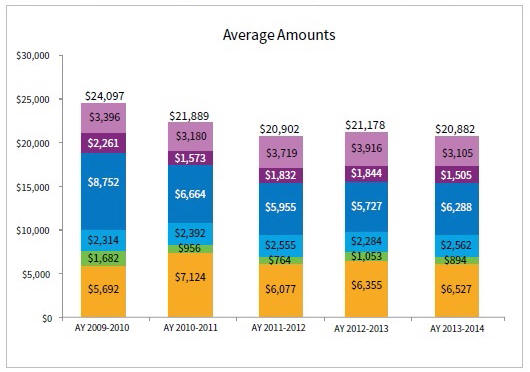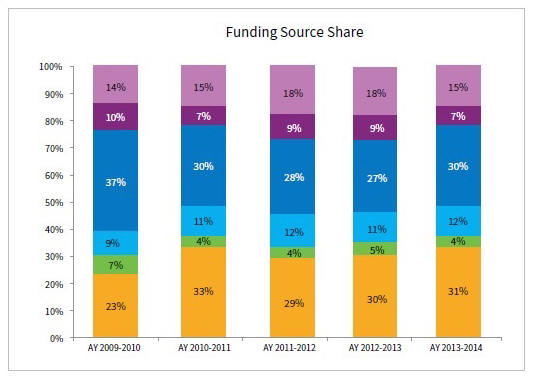We already know that many college freshman are academically unprepared for college, but Professor Claire Potter finds that they are also emotionally and functionally unprepared.
By September, one of the biggest topics for discussion — and one of the biggest gripes — among many college faculty will be how emotionally, and practically, underprepared many of your kids are for their freshman year. Although I now teach the non-traditional, adult students who are becoming the majority of undergraduates, for years I welcomed fresh-faced 18 year olds whose academic preparation often far exceeded their ability to navigate school independently of their parents.
The two major changes I observed over those two decades was an increasing lack of emotional separation between parents and children (with an accompanying rise in students having difficulty making their own decisions); and an increasing tendency, on the part of first year students, to presume that college was more or less similar to high school in its expectations and practices.
Academic and emotional development are certainly related in some respects.
Some possible reasons for students failing to develop independence:
Technology has certainly enabled parents and children to remain emotionally close. Constant texting can mean that young people are relying too much on their parents to make decisions for them.
I think trends in K-12 education have also contributed to this “over-parenting”. From the early grades, the schools encourage the wrong kind of parental involvement. Parents feel forced to help their kids with homework that is developmentally inappropriate, like third-grade projects that require sophisticated Internet research skills. Then, success in middle school often requires advanced organizational skills that drive parents to intercede lest their kid falls behind to a point where he cannot catch up in high school. Instead of helping develop independent students who will be ready to succeed in college, schools are inadvertently promoting excessive reliance on their parents and other adults.
Potter offers some advice to help parents in making their kid a “strong and independent college student”. The first suggestion is to “reduce contact” with a college kid.
… If your kid is going away to college, let him go away. This means not texting and talking every day, or even every other day, or every other other day….
I agree with this advice, and have found it surprising when I hear about some parents who are in constant contact with their adult children. On the other hand, from personal experience I know that some kids are more verbal than others, and are driven to share many details of their lives. As a parent, I can see the advantages and disadvantages of this. Obviously there are some nuances to consider in following Potter’s advice.
Complete details on Potter’s recommendations can be found at the link below.
———







